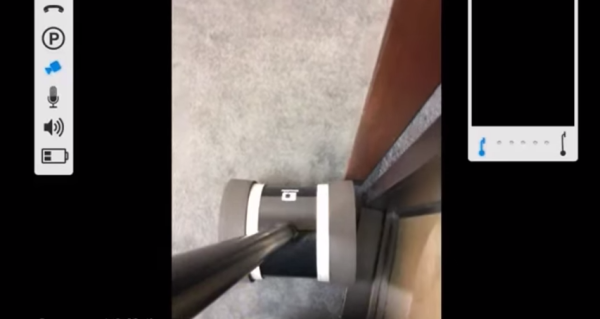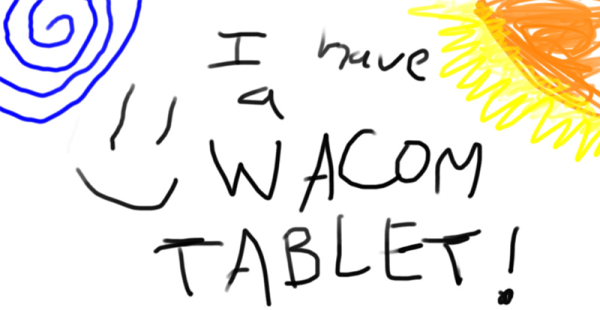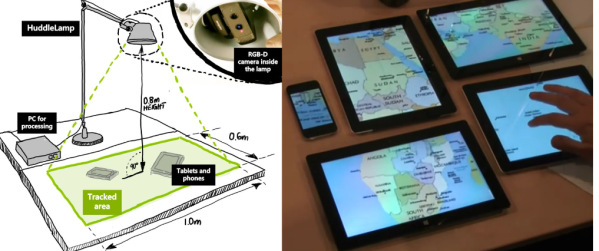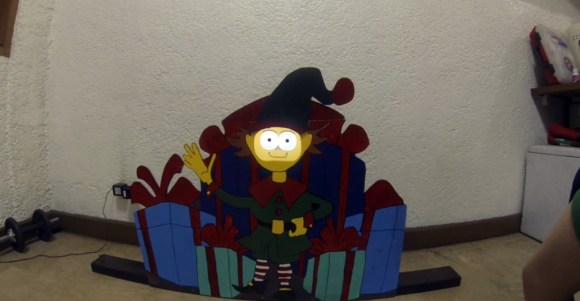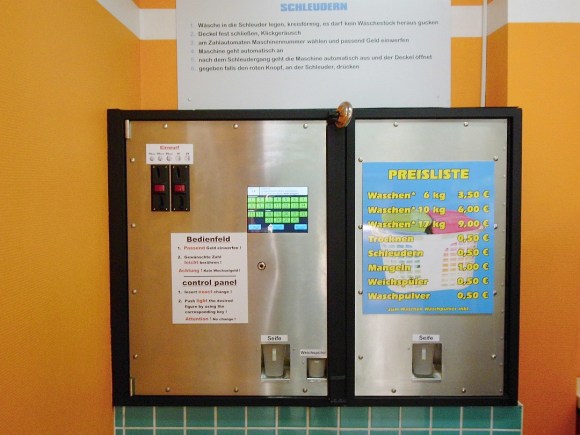What happens when you put a telepresence robot online for the world to try out for free? Hilarity of course. Double Robotics is a company that builds telepresence robots. The particular robot in question is kind of like a miniature Segway with a tablet computer on top. The idea is you can control it with your own tablet from a remote location. This robot drives around with your face on the screen, allowing you to almost be somewhere when you can’t (or don’t want to) be there in person.
Double Robotics decided to make one of these units accessible to the Internet as a public demonstration. Of course, they couldn’t have one of these things just roaming about their facility unrestrained. They ended up keeping it locked in an office. This gives users the ability to drive it around a little bit and get a feel for the robot. Of course it didn’t take long for users to start to wonder how they could break free from their confinement.
One day, a worker left the office door cracked open ever so slightly. A user noticed this and after enough patience and determination, managed to use the robot to get the door opened. It appears as though the office was closed at the time, so no one was around to witness the event. A joy ride ensued and the robot hid its tracks by locking itself back in the room and docking to the charging station.
While this isn’t a hack in the typical sense, this is a perfect example of the hacker mindset. You are given some new technology and explore it to the extent at which you are supposed too. After that, many people would just toss it aside and not give it a second thought. Those with the hacker mindset are different, though. Our next thought is usually, “What else can I do with it?” This video demonstrates that in a fun and humorous way. Hopefully the company learns its lesson and puts a leash on that thing. Continue reading “Telepresence Robot Demo Unit Breaks Free Of Its Confinement”

